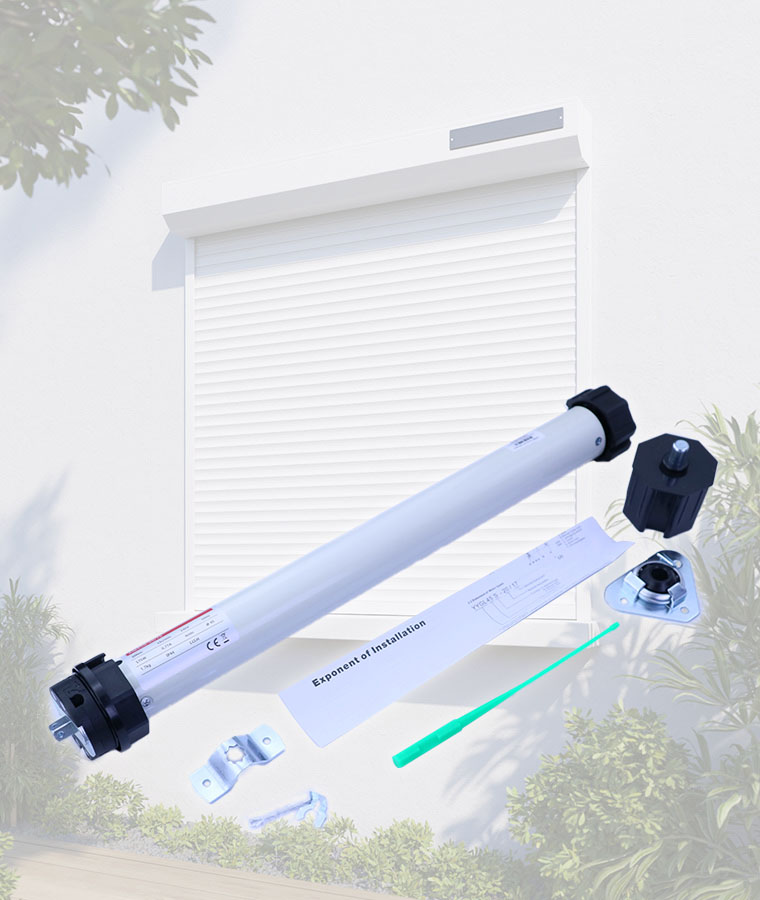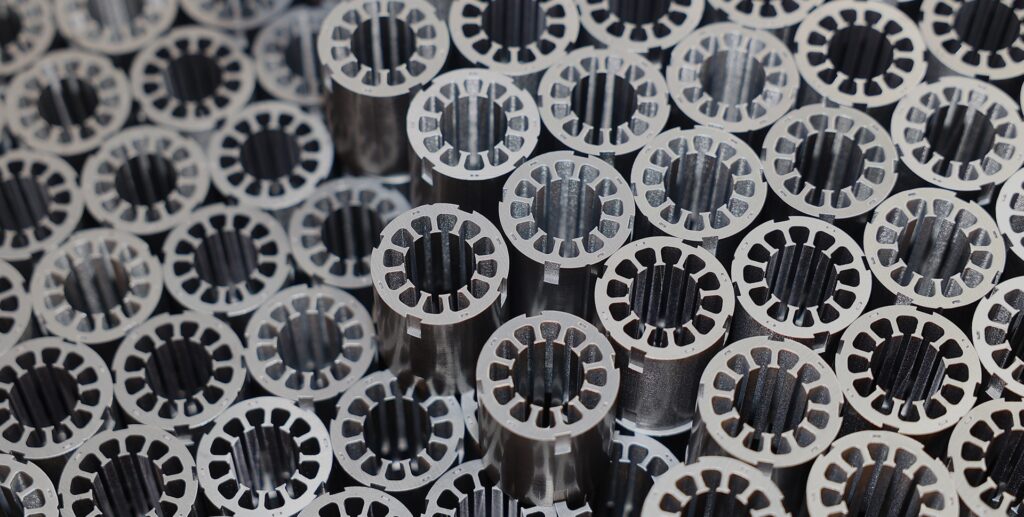Motorized Roller Shutters: Comfort, Safety & Style Combined
Introduction
In an era where automation is part of everyday life, motorized roller shutters are becoming a hallmark of modern homes, offices, and commercial spaces. Not only do they add a sleek finish to window and door treatments, but they also bring real, tangible benefits: enhanced safety, better climate control, convenience, and even aesthetic value.
Why Go Motorized?
- Effortless Operation
Manual roller shutters can be heavy, cumbersome, or simply inconvenient—especially when mounted high. A motorized system lets you open or close the shutter with the press of a button, remote control, or via a smart home app. No more pulling cords or turning winder handles. - Improved Safety & Accessibility
For large or heavy shutters, motorisation reduces risk of strain or injury. It’s particularly beneficial for homes with children, seniors, or those with mobility challenges. Electronic limit switches also help by stopping movement precisely, preventing overrun or damage. - Integration with Smart Homes
Today’s motorized systems often allow for integration with home automation: schedule shutters to close at dusk, open at sunrise, respond to weather sensors (wind/rain), or be controlled remotely. This adds both convenience and energy savings. - Energy Efficiency & Comfort
Closing shutters automatically during the hottest hours can block heat and reduce cooling costs. Similarly, during cold seasons they can help with insulation. The result: more consistent indoor climate and lower energy bills. - Enhanced Property Value & Aesthetics
Motorized shutters give a premium feel. Without visible cords or manual hardware, things look cleaner and more modern. And potential buyers often view automated features as upgrades worth paying extra for.
How Motorized Roller Shutters Work
- The Motor
A tubular or parallel-style motor is usually inserted into the roller tube. Depending on the model, torque can range from light duty (for small windows or screens) to heavy duty (for large shutters or garage doors). Electronic limit switches are integrated to set accurate upper and lower travel endpoints. - Power & Control
These motors are typically powered by mains electricity (e.g. 110/230VAC) or low-voltage systems. Control can be via wall switch, wired remote control, radio (RF) remote, or smart controller integrated with home automation platforms. - Installation
Motorization usually involves replacing the manual winding mechanism with the motorized unit, ensuring the shutter is properly balanced, installing the limit switch, and connecting power safely. It’s often a straight retrofit on existing shutters if tube diameter and mounting space allow.
Key Advantages
| Advantage | What You Get |
|---|---|
| Convenience | Open/close at the touch of a button; remote / schedules / automated control. |
| Safety | Eliminates manual strain; limit switches prevent damage. |
| Security | Motorized shutters deter intruders; some systems allow randomised movement when home is empty. |
| Noise Reduction | Modern motors are quieter than manual operation, especially compared to pulleys or gear mechanisms. |
| Durability & Low Maintenance | Fewer moving manual parts; sealed motors with electronic limiters last longer. |
| Enhanced Comfort & Energy Savings | Better insulation from heat/cold; controlled light and privacy. |
Things to Consider Before Installing
- Torque & Shutter Weight
You need to match the motor’s torque to your shutter’s weight and tube diameter. Underpowered motors fail early. Overpowered ones are inefficient. - Limit Switches
Electronic limit switches allow precise control of travel endpoints. Make sure your install includes setting these correctly to avoid misalignment or mechanical stress. - Power Supply & Wiring
Access to a suitable power source is essential. For retrofit jobs, routing wires cleanly and safely is often the trickiest part. - Control Options
Decide early whether you want manual switches only, remote control, or full smart-home integration. This influences wiring and motor model selection. - Weather / Environmental Conditions
If the shutters are exposed (e.g. outdoors, coastal areas), look for motors with high IP ratings and corrosion-resistant materials.
Cost & Return on Investment
While motorized roller shutters cost more up front than manual ones, the long-term gains often justify the extra investment:
- Lower energy costs
- Increased property value
- Reduced maintenance
- Enhanced convenience and safety
Most homeowners begin to see payback over time through energy savings and avoided wear/repair on manual systems.
Conclusion
Motorized roller shutters are more than a luxury—they’re an upgrade that touches comfort, safety, aesthetics, and value. As motors get more compact, controllers smarter, and prices more accessible, the case for motorization keeps getting stronger. If you want trouble-free operation, precise control, and that modern finishing touch, a good motorised roller shutter system is well worth the investment.



